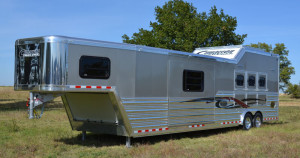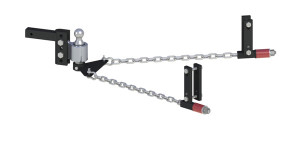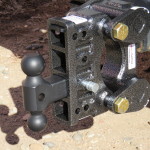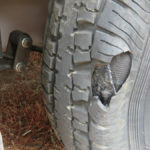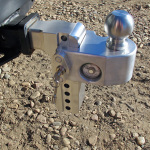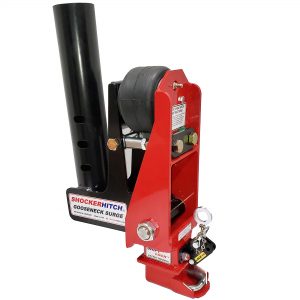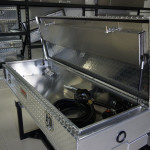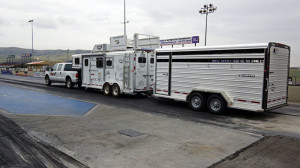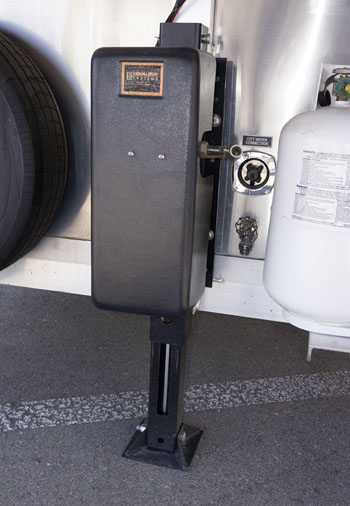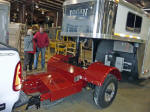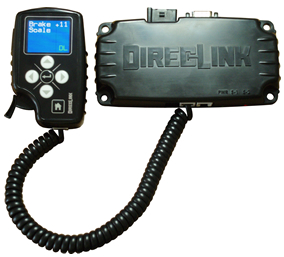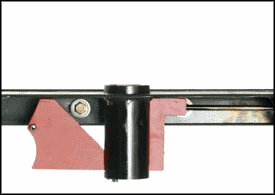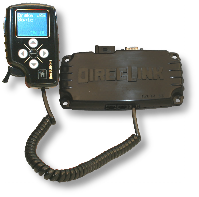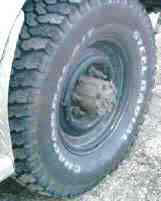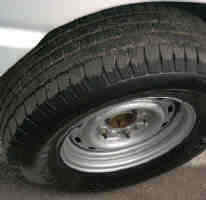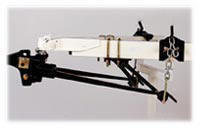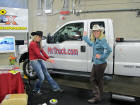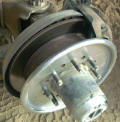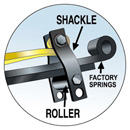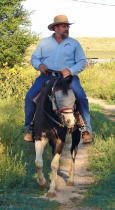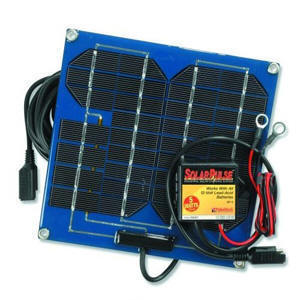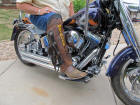Glossary terminology for Truck, SUV Payloads and Trailer Weights. Check back as this list will grow
When towing live cargo such as horses with their high center of gravity, swatting flies with their tails, it is advisable to not tow at the maximum trailer capacity.Base Curb Weight: the empty weight of a vehicle including all standard equipment, 150# driver and a full tank of fuel. Does not include cargo, options or passengers.Base Curb Weight plus Cargo Weight plus Passenger Weight equals Gross Vehicle Weight.Cargo Weight: includes all weight added to the Base Curb Weight. When towing , trailer tongue weight is included in Cargo Weight. Truck, SUV and Trailer terminology for loads and towing.Payload: the combined maximum allowable weight of cargo and passengers that the truck is designed to carry.Gross Vehicle Weight Rating minus the Curb Weight equals Payload.GVW: Gross Vehicle Weight – the actual loaded weight of your vehicle, the Base Curb Weight plus actual Cargo Weight plus passengers.Gross Vehicle Weight plus Loaded Trailer Weight equals Gross Combination Weight, GCW must not exceed GCWR.
GVWR: Gross Vehicle Weight Rating – the maximum allowable weight of the fully-loaded vehicle with axles (including passengers and cargo).
The GVW must never exceed the GVWR.
GAW: Gross Axle Weight- the total weight placed on each axle, (front and rear.) The easiest way to get this number is to drive just the front axle of the loaded truck with the loaded trailer on a scales and then drive the all the loaded truck’s tires on the scale with the loaded trailer still connected but not on the scale. Subtract the front axle weight from the total loaded truck weight and you have the rear axle weight.
GAWR: Gross Axle Weight Rating- the maximum weight to be carried by a single axle, (front or rear.)
The total load of each axle must never exceed its GAWR.
GCW: Gross Combination Weight- the weight of the loaded vehicle, (GVW) plus the weight of the fully loaded trailer.
GCWR: Gross Combination Weight Rating- the maximum allowable weight of the towing vehicle and the loaded trailer, including all cargo and passengers.
The Gross Combination Weight must never exceed the GCWR.
GTW: Gross Trailer Weight – the actual total weight of the loaded trailer. Trailer- Gross Vehicle Weight not to exceed the GVWR of the trailer.
TW: Tongue Weight – refers to the amount of the trailer’s weight that presses down on the trailer hitch, whether a bed mount hitch, (mini- fifthwheel or ball) or a receiver hitch attached at the rear of the truck.
WDH: Weight distributing hitch
Trailer and Receiver Hitches Classes and Types. Mounted to the trucks frame.
Class I-Light Duty: 2000#’s maximum trailer weight. 200# tongue weight, 300 #’s with weight distributing hitch.
Class II- Medium Duty: 3500#’s maximum trailer weight. 300# tongue weight, 500#’s with weight distributing hitch.
Class III- Heavy Duty: 5000#’s maximum trailer weight. 7500#’s trailer weight with a weight distributing hitch. 300 – 500# tongue weight. Up to 750# tongue weight with weight distributing hitch.
Class IV-Extra-Heavy-Duty: 10,000 to 12,000#’s and above maximum trailer weight depending on the manufacture. 1,000# tongue weight with a weight distributing hitch. Class V receiver hitch can be over 12,000#’s.
Caution: Always read the label on the hitch including factory equipped receivers. Some hitches are rated their maximum capacity only if you use a Weight Distribution Hitch.
| Class | Gross Vehicle Weight Rating Range: | Examples |
| Class 1 | GVRW 0 – 6,0000 lbs | Frontier, Tacoma, Colorado, Canyon |
| Class 2 | GVWR 6,001 – 10,000 lbs (subdivided into 2 classes, Class 2A & 2B, see below) |
See class 2A & 2B below |
| Class 2A | GVWR 6,001 – 8,500 lbs | Ford F-150, Dodge Ram 1500, Chevrolet Silverado 1500 |
| Class 2B | GVWR 8,501 – 10,000 lbs | Chevrolet Silverado 2500, Dodge Ram 2500, Ford F-250 |
| Class 3 | GVWR 10,001 – 14,000 lbs | Dodge Ram 3500, Chevrolet Silverado 3500, Ford F-350, Ford F-450 pickup |
| Class 4 | GVWR 14,001 – 16,000 lbs | Dodge Ram 4500, Ford F-450 (chassis cab) |
| Class 5 | GVWR 16,001 – 19,500 lbs | Dodge Ram 5500, Ford F-550, F-450 (chassis cab) |
| Class 6 | GVWR 19,501 – 26,000 lbs | Ford F-650 |
| Class 7 | GVWR 26,001 – 33,000 lbs | Ford F-750 |
| Class 8 | GVWR over 33,000 lbs | Tractor Trailer |
Trailer brakes and cab controls are needed on trailers weighing over 1500#’s. Surge brakes used commonly on boats will not have a manual control in the cab, but rely on the movement of the tow vehicle to activate the trailer brakes.
Receiver Hitch

Weight Carrying Hitch or Drawbar: All the Tongue Weight of the trailer is carried by the hitch.
Weight Carrying Hitch or Draw Bar or Stinger or Ball Mount
Weight Distributing Hitch: Most of the trailer’s Tongue Weight is transferred to the tow vehicle’s frame (through the hitch receiver). Total load is distributed to all the axles of the truck and trailer. For more info on WDH, click

With gooseneck trailers, tall modern trucks don’t always allow you much clearance between the bedrail and gooseneck floor. Eight inches is usually good clearance considering dips and potholes.
  Goosenecks Goosenecks |
|
|
  Conventional, bumper pull & tag-a-long. Conventional, bumper pull & tag-a-long. |
1/2 ton, 3/4 ton or 1 ton? Rear Axles Explained
The size of the truck you need depends of course on your needs. ½ tons and light duty ¾ tons are for light duty work, loaded part-time. Heavy-duty ¾ tons, 1 tons and above are designed to be loaded all of the time. They have twice as many tapered bearings in the rear axle. It’s called a full floating axle, similar to semi-truck eighteen-wheelers. While ½ ton pickups have a semi-floating axle similar to a car, with just 2 bearings. ½ tons and light duty ¾ tons will have a flush axle housing matching the wheel. With the heavy duty ¾ ton, 1 ton trucks and larger, the rear axle housing will actually stick out past the wheel and have an additional 8 bolts on the end of the hub holding the axle into the wheel hub with the axle “floating” between between the wheel hub and differential. Rolls Royce invented the “full floating” axle before WWII.
 The “Semi-floating axle” has the wheel studs attached to it, carrying the trucks weight directly on the axle shaft and bearings. Differently on a “full floating axle” where the axle shafts only provide power to the wheel hub from the differential. The wheel hub is attached to the axle housing with two tapered bearings on each side. On a full floating axle you can pull the axle out and the wheels are steel attached to differential axle tubes. This puts the load carrying capacity on the axle housing not on the axle shaft as with a semi-floating axle.
The “Semi-floating axle” has the wheel studs attached to it, carrying the trucks weight directly on the axle shaft and bearings. Differently on a “full floating axle” where the axle shafts only provide power to the wheel hub from the differential. The wheel hub is attached to the axle housing with two tapered bearings on each side. On a full floating axle you can pull the axle out and the wheels are steel attached to differential axle tubes. This puts the load carrying capacity on the axle housing not on the axle shaft as with a semi-floating axle.
 This Full floating axle provides a more even weight distribution over the axle than a semi-floating axle. By removing a rear axle hubcap, you can determine if the truck is a ½ ton, light duty, ¾ ton or a heavy-duty ¾ ton, 1 ton or bigger.
This Full floating axle provides a more even weight distribution over the axle than a semi-floating axle. By removing a rear axle hubcap, you can determine if the truck is a ½ ton, light duty, ¾ ton or a heavy-duty ¾ ton, 1 ton or bigger.
Are your making payments on the wrong $60,000 Truck?
Duals or Single Rear Wheels?
 I eventually went to duals, mostly because I pulled my trailers on dirt roads. Dirt roads are hard on the magnets on the trailer brakes. I soon discovered not to count on the trailer brakes. And duals on the truck will surprise you on their ability to stop you. On a factory dually the inside tire matches the front tire. When the snow got deep I would take off the outside duals and they would track fine. On a factory cab and chassis the rear duals splits the front track. With duals you also need to carry your hammer or bat just like the big boys to check the air pressure more often. You won’t be able to look a duals to see if they are low unless you’re loaded. So get in a habit of tapping the tires before you roll. If you have a flat on one of the duals they can loosen up the lug nuts.
I eventually went to duals, mostly because I pulled my trailers on dirt roads. Dirt roads are hard on the magnets on the trailer brakes. I soon discovered not to count on the trailer brakes. And duals on the truck will surprise you on their ability to stop you. On a factory dually the inside tire matches the front tire. When the snow got deep I would take off the outside duals and they would track fine. On a factory cab and chassis the rear duals splits the front track. With duals you also need to carry your hammer or bat just like the big boys to check the air pressure more often. You won’t be able to look a duals to see if they are low unless you’re loaded. So get in a habit of tapping the tires before you roll. If you have a flat on one of the duals they can loosen up the lug nuts.
Limited slip differentials.
Generally in a limited slip rear end a clutch engages when the right wheel, which is the driver, spin’s, allowing both wheels to give you traction. It’s usually beneficial to have it unless you are pulling heavy loads most of the time and on dirt or mud wearing the clutch in the differential.
Long box or short box?
If you are pulling a fifth wheel trailer I recommend a long bed. Sometime in RV parks or corrals you will need to “jack knife” your trailer. (Your truck and trailer at 90 degrees.) Your trailer is generally attached to your truck 5 inches in front of your rear axle. This gives you steering weight and a level trailer. If you have a short box and you “jack knife” your trailer may kiss your cab!. Full pieces of plywood or sheet rock fit into a long box with the tailgate closed. Short boxes are popular today with the mini- garages and those famous drive-up windows. You can buy a sliding fifth-wheel hitch for a short bed to allow you to move the hitch back for those tight maneuvers.
Always read your owners manual about your particular trucks weight limits, pulling limits, and gross vehicle weight rating!

Will it fit my garage?
I get asked that a lot. It seems the new homes are copying the large mall’s with sizing their parking spaces to the smallest car made. So I considered it my duty to tell you how big a hole you need. After all it’s probably your largest payment after your house! And I include the bumpers. These measurements are on new trucks. To see truck dimensions, total length, box length and wheelbase, click
 MrTruck’s Top Picks, Truck, SUV & Trailer Accessory Store, ENTER
MrTruck’s Top Picks, Truck, SUV & Trailer Accessory Store, ENTER![]()
Safe, Secure Ordering, Questions on Internet orders 303-883-1300 We don’t share your information![]()
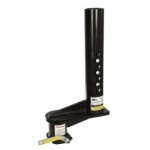
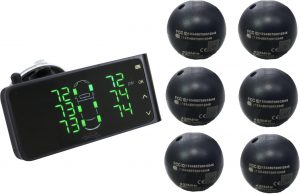
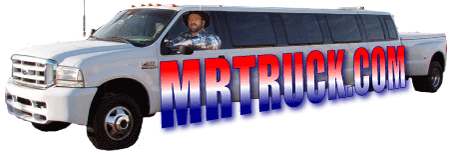

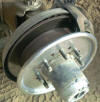
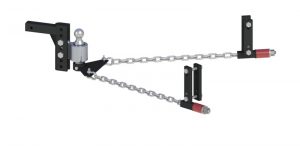




 5th wheel trailers
5th wheel trailers



